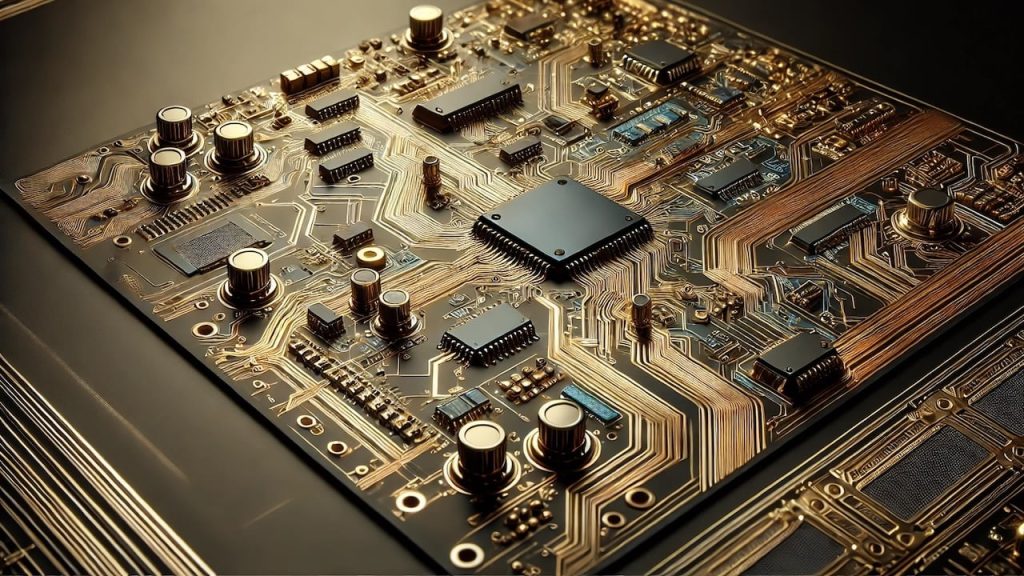The potential impact of the Artificial Intelligence (AI) revolution on gold demand is increasingly being recognized, particularly in light of a report by the World Gold Council (WGC) that highlights gold’s essential role in electronics manufacturing. Gold, known for its excellent conductivity and malleability, is critical in producing electronic devices, particularly in the creation of small computer chips formed into thin wires. Although demand from the electronics sector peaked in 2010 with 328 tons, fluctuating gold prices have prompted manufacturers to seek alternatives, reducing usage to 249 tons in 2023. Nevertheless, as AI technology advances and necessitates increasingly sophisticated hardware, demand for gold may rebound as industries, including electronics, healthcare, and finance, integrate AI to enhance functionality and efficiency.
Historically, the rising price of gold, which escalated from $250 to $1,800 an ounce between 2001 and 2011, led to manufacturers experimenting with alternative materials like silver and copper. This shift cost-effectively addressed consumer demand for powerful and reliable devices, such as smartphones and laptops, while still leveraging gold’s unique properties. The WGC reports that innovations such as ‘thrifting’—the process of reducing material usage—have been largely exhausted, and the extent to which manufacturers can replace gold is likely nearing its limit. Given the critical role gold plays in electrical proficiency, especially for AI applications that require high-speed data transmission with low energy loss, its demand is expected to ascend as the AI industry matures.
AI relies heavily on a robust electronic infrastructure, making gold an invaluable resource in the production of AI-enabled devices. The superior conductivity of gold allows for rapid data transfer, which is essential for the seamless functioning of AI systems. Furthermore, gold’s corrosion resistance significantly prolongs the lifespan of electronic components, which is crucial for technologies that operate continuously and intensively—common in AI applications. As these demands grow alongside technological advancements, manufacturers are projected to increasingly seek gold for its reliability and performance, potentially leading to a resurgence in demand that reflects broader trends in AI development.
While manufacturers of AI hardware may face challenges from soaring gold prices, the WGC posits that the current environment is distinct from previous years. The prior trend of easy substitution has run its course, and technological limitations in reducing material usage imply that integrated gold components are nearing their operational threshold. Additionally, the WGC identifies several other sectors, including medical devices and aerospace, wherein gold’s unique properties could spur further demand. Despite past fluctuations in the electronics market, gold is poised to maintain its critical position due to its indispensable qualities that support innovation across various technology applications.
The conversation around industrial and technological demand for gold often overlooks its broader significance beyond niche applications. Although such demand represents a minor fraction of overall gold consumption, it underscores the metal’s versatility and utility, countering the misguided perception of gold as a “useless” asset that is occasionally propagated by financial commentators. In reality, gold remains a vital resource with extensive applications ranging from jewelry to technology, underscoring its intrinsic value and continual relevance in modern society and commerce.
Ultimately, gold’s status as a form of money cannot be overlooked. The unwavering desire for tangible assets, especially in uncertain economic climates, reflects humanity’s long-standing association with gold as a symbol of wealth and stability. As demand from both traditional sectors and burgeoning technologies such as AI rises, the narrative surrounding gold will evolve, reinforcing its stature not only as a precious metal but also as a foundational element in the advancing landscape of technology and finance.

